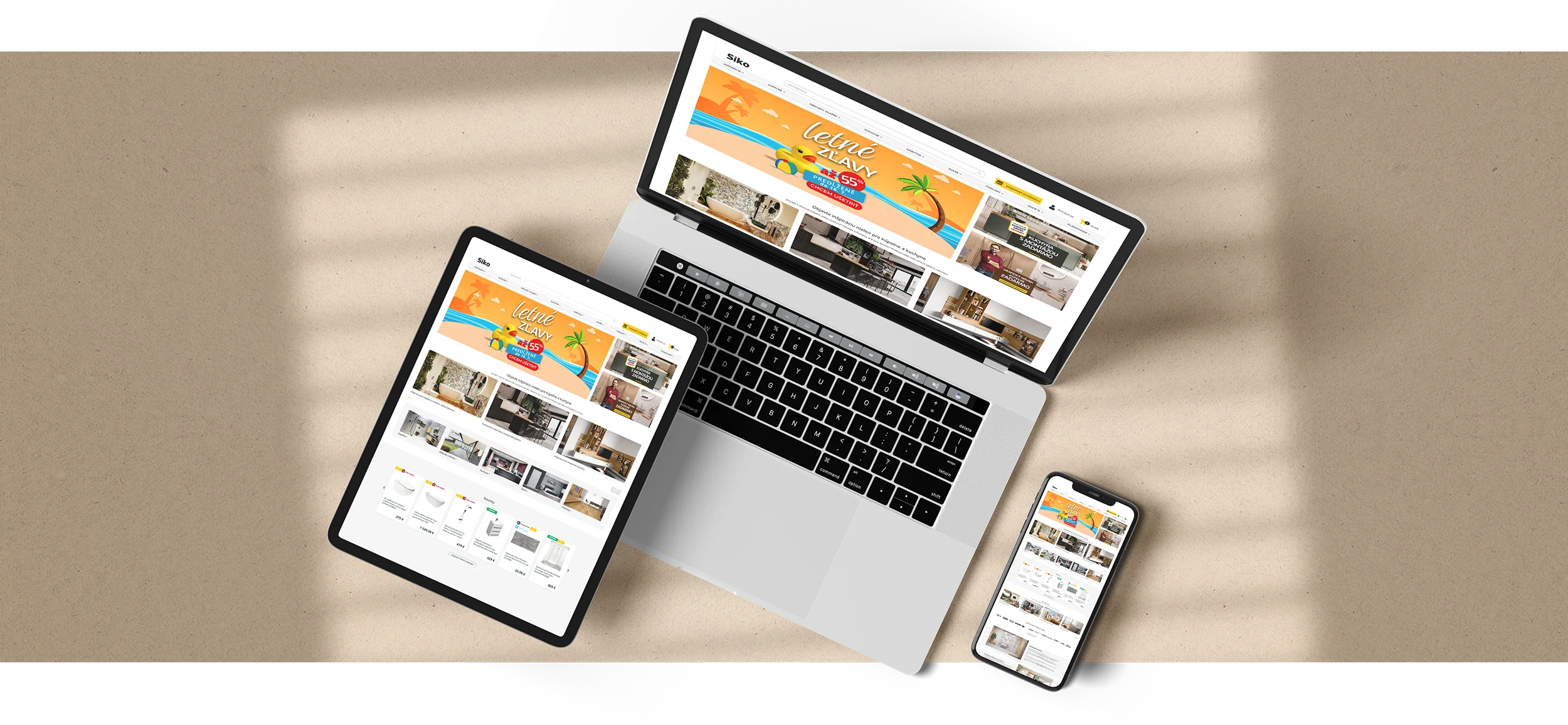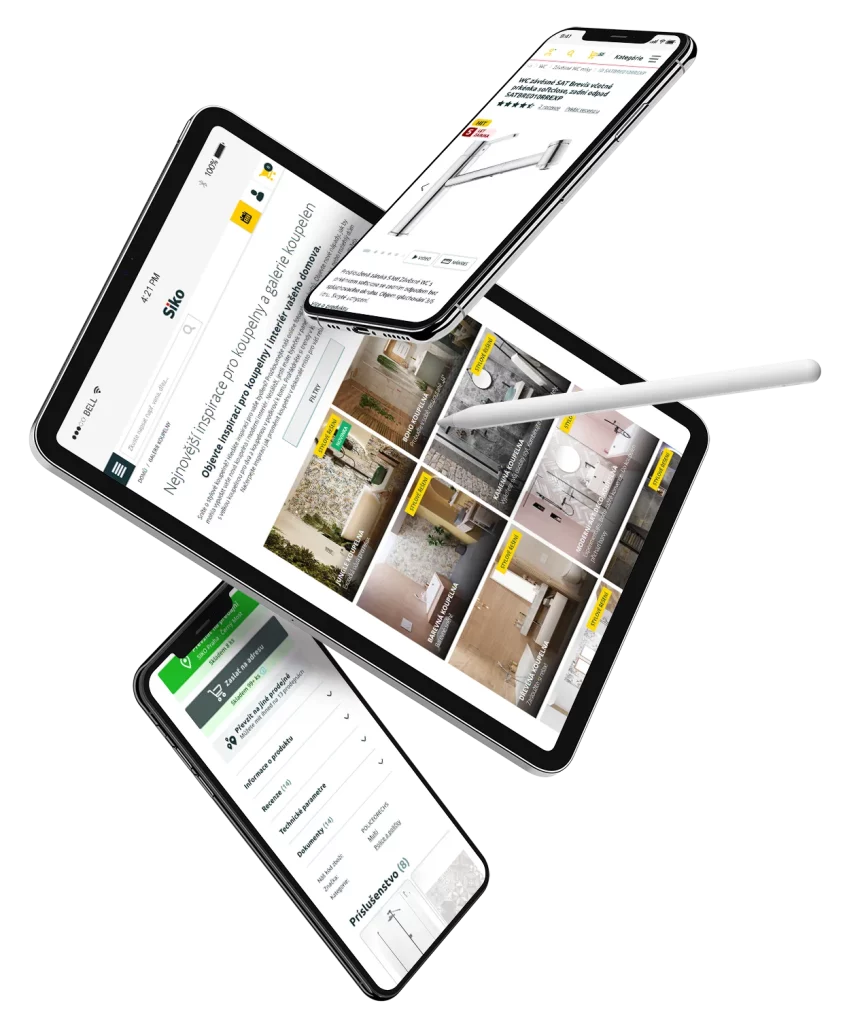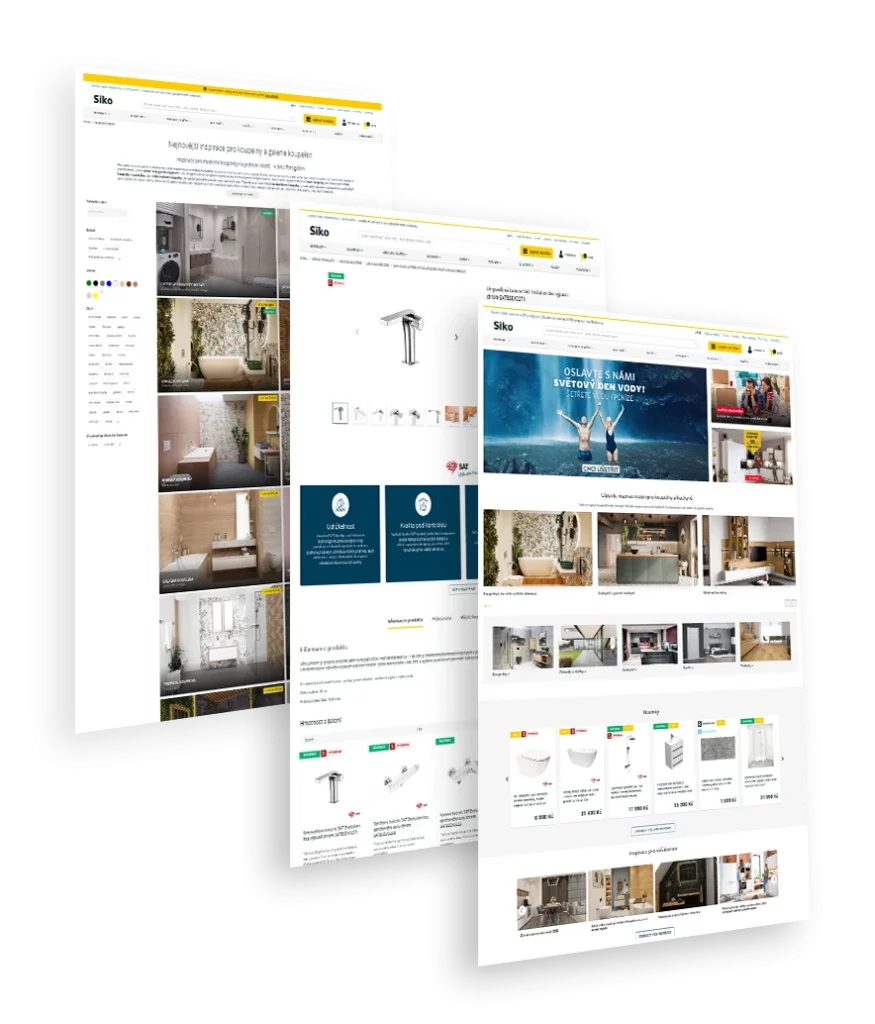- Home
- Case Studies
- Ecommerce
- SAP Spartacus
Analysis and Deployment of SAP Spartacus Storefront
Platform
Frontend
Environment
Apps & Plugins
Team Size
5+

About the Technology
Spartacus is a lean, Angular-based, fully decoupled JavaScript storefront that perfectly connects with SAP Commerce Cloud as well as other services through the REST API.
Decoupled Architecture
Spartacus storefronts are decoupled from SAP Commerce Cloud instances, allowing to completely separate frontend and backend development. It offers greater flexibility, scalability, higher performance and development efficiency.
Out-of-box Functionalities
Spartacus comes with a rich variety of features that can be merged into your custom storefront.
KEY BENEFITS:
- modern design principles and intuitive user experiences
- faster development and easier deployment to cloud
- scalability – it can handle increased traffic and adapt to the needs of growing businesses
- upgradable and extensible enabling customization and integration with additional functionalities and systems
About the project
SIKO is currently transitioning from a traditional retailer to an e-commerce presence in both B2C and B2B divisions.
They have partnered with Cassovia Code to migrate B2B e-shop to the SAP Commerce platform and work on further improvements of the digital CX.
THE CHALLENGE
The company needed to offer a superior customer experience on their e-shops, but the legacy technology no longer met the speed requirements and hindered the development of customized functionalities. Additionally, the new solution needed to align with the SAP Commerce development roadmap.

How we proceeded:
1. Discovery
During this stage, we have diligently gathered the client’s requirements and effectively aligned them with SAP’s best practices. This meticulous approach enables us to seamlessly implement new storefronts using cutting-edge technology, specifically SAP Spartacus.
2. Development of MVP
Following a comprehensive understanding of the client’s needs, we proceeded with the development of a Minimum Viable Product (MVP). This MVP showcased the future benefits of the proposed solutions, allowing us to validate the appropriateness of our chosen technology. We strategically selected out-of-the-box functionalities that not only address the client’s immediate requirements but also offer intriguing opportunities to enhance the customer experience in innovative ways.
3. Migration to New Storefront
We devised a migration strategy while addressing any potential challenges. The transformation from the old template system to a JavaScript framework necessitated backend modifications to ensure seamless communication between the frontend and backend. Capitalizing on this opportunity, we took the initiative to create a brand-new design for the storefronts, incorporating modern and practical user experience (UX) principles.
4. User Testing
Throughout the development process, we conducted user acceptance testing (UAT) to ensure that the implemented features aligned with the original requirements. We actively engaged employees from the client’s side to participate in this validation process. Their valuable feedback and insights helped us fine-tune and refine the solution to meet their specific needs and expectations.
5. Refining and Performance Tuning
Any issues that arose were diligently addressed by our development team. Our skilled developers proactively refined the codebase to optimize performance and enhance the overall user experience.
6. Continuous Development
Following the successful go-live phase, we adopt a continuous development approach. We actively monitor the performance of the system and maintain a close collaboration with the client to identify opportunities for further enhancement. By leveraging ongoing feedback and insights, we continually work to implement new functionalities that enrich the system and align with the evolving needs of the client and their customers.
Key benefits for the client:
- With optimized performance and efficient rendering techniques, Spartacus delivers page loading times and smooth browsing experiences for customers.
- The decoupled architecture provides higher development efficiency. Front-end developers can work independently on the UI, while back-end developers focus on business logic and data integration.
- Customization of additional features and out-of -box functionalities for the two business streams (B2B and B2C) and their marketing requirements.
- Building upon the existing SAP Commerce infrastructure reduces development time and costs. It also ensures that the solution can easily accommodate future growth.
